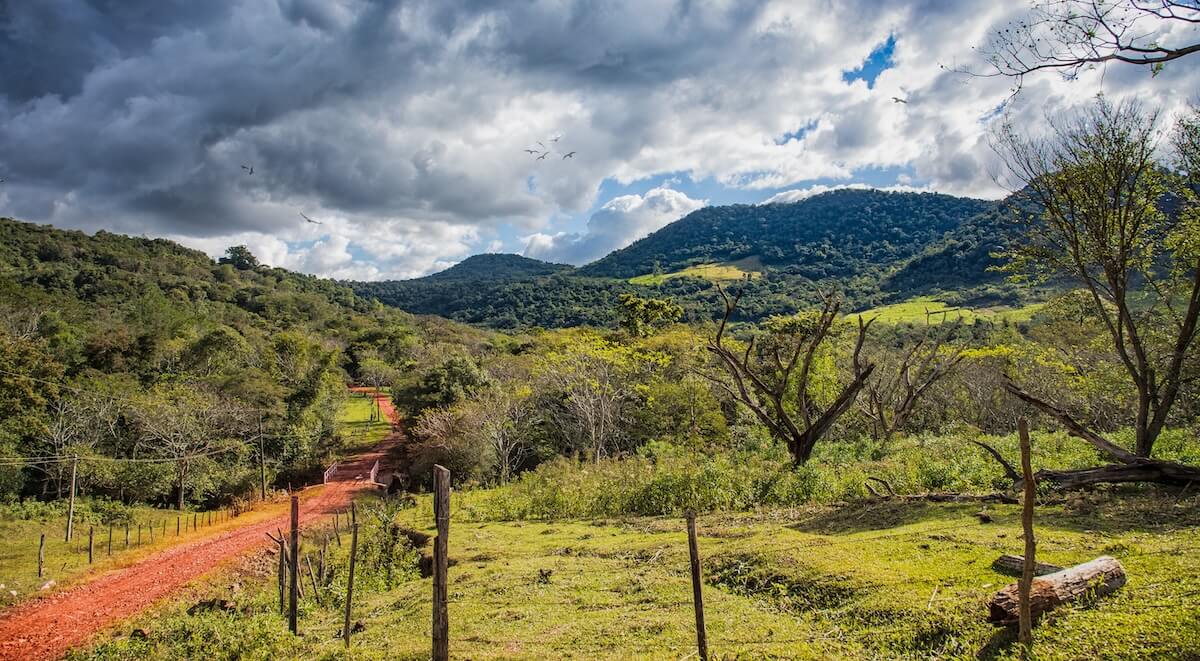The ongoing pandemic and economic uncertainty have led non-profit leaders to contingency plan in creative and unprecedented ways, including strategic partnerships. The sector should build on this momentum and mainstream merger and acquisition planning as a key tool for scaling impact, not a rushed desperation measure.
David Weiss, CEO of international non-profit Global Communities, was seeking to scale impact through a merger. In 2019, he began promising partnership discussions with Project Concern International, or PCI. In an interview with the Center for Global Development, Weiss described the positive atmosphere: “Our merger made sense because we found the right partner, the organizations had shared values as well as complementary areas of expertise and geographic footprints.”
Then the pandemic struck, threatening the deal.
Nonetheless, as many INGOs were still on their heels dealing with the escalating crisis in April 2020, Global Communities and PCI finalized and announced the merger. “The single most important factor was that both organizations came to the merger from positions of strength. Neither of us was looking for a lifeline.”
Their strong respective positions meant they could focus on how the combined organization could better meet the needs of beneficiaries instead of balance sheets. Deliberate planning and a strong thesis for greater impact together meant that the merger rationale became more compelling after COVID hit.
Over the past year, NGOs such as Global Communities have experienced unprecedented upheavals to fundamental operating models. Even as many organizations optimistically look to a post-COVID world, the looming challenges of climate change and rising social inequality, among other challenges, signal further shocks ahead. Moving forward, non-profit executives and board members operating across global contexts and sectors need to think more intentionally about the role of mergers and acquisition in both their strategic planning and contingency preparation.
At Dalberg, we have seen in our project work that many NGOs have thoughtful plans in place to deal with unexpected events, but these plans rarely include options on how to merge, acquire, or form deep partnerships with another organization. In fact, the topic of mergers and acquisitions spooks most leadership teams. As a result, boards often hesitate to even discuss mergers until their operational runway is too short and the organization’s value proposition is severely diminished. Ambivalence becomes a self-fulfilling prophecy – waiting too long to explore options means that there are not any left.
Not a cure-all
Barney Tallack, Oxfam International’s former director of strategy, describes three options for global north INGOs facing accelerated financial challenges post-COVID: transform, die well, or die badly. Formal partnerships, if planned in advance as with the case of Global Communities and PCI, can allow for transformation, scale, and resilience to challenges. Likewise, M&A can also be a method for dying well – i.e., ensuring personnel, programming, and assets are transferred to a new organizational steward.
Of course, there have been plenty of pitfalls and disappointing outcomes in the M&A experiences of international NGOs. High up-front costs, poor complementarity in field programs, and culture clashes are all real risks. For example, late-stage merger talks between Oxfam Ireland and Goal broke down following disagreements on how to combine programs. To prevent these outcomes, leaders, and especially boards, need to have a clear vision on what they seek from partnership and the structure that can best achieve it. They should also clearly understand the value their organization brings to beneficiaries and the ecosystem of service providers.
While financial hardship can define the urgency for seeking to merge with another organization, it should not be the rationale.
In a word, boards with plans in place can look at M&A strategically, rather than reactively. Specifically, leadership should consider three threshold criteria:
- Mission amplification. Are there clear structural and capacity opportunities to better achieve the partners’ aligned mission via the combined organization?
- Cultural compatibility. Is there alignment between executive leadership teams and employee cultures that can make the merger run smoothly?
- Business sustainability. Is there a clear long-term business case for collaboration?
These assessments can also help identify the type of collaboration. The first two criteria can often be achieved in structures short of full mergers, such as selective asset transfers or creating a joint venture. However, realizing the third involves a sober assessment of the scale of financial challenges faced. For example, the hard truth for many NGOs weathering a crisis is that an acquisition by a larger organization may be the only viable option. A maxim from private M&A: combining two small, financially-weak firms just creates a larger, financially weak firm.
The opportunity
Generally, the civil society ecosystem would benefit from removing the stigma of M&A. Mainstreaming M&A planning should be on the agenda of all stakeholders, including NGOs, funders, governments, and local organizations.
For organizational leadership, especially board members:
- Develop a dynamic partnerships strategy… Especially if you hope not to use it. Mergers and other formal partnerships (e.g., joint ventures, asset transfers) can take 6-18 months to implement once an agreement is signed – a difficult milestone in itself! The risks of rushing the process are high – from losing staff to alienating funders. A good contingency plan clearly defines an organization’s value proposition to the market and establishes an outreach plan to potential partners. It also outlines the indicators boards should use in deciding whether to activate the plan.
- Consider your organization’s response to COVID and future crises with a dynamic partnerships lens. Every organization’s executive team has spent the past year asking how they can adapt their model to the crisis, but many have not considered how expanding or combining capabilities with another organization may create new possibilities. For NGOs responding to the direct and indirect impacts of COVID as well as those that have seen focus shift away from their sector, a strategically planned merger or acquisition may enable your mission to evolve and stay relevant.
For funders and ecosystem actors:
- Support discussions and fora to highlight the potential benefits of mergers and explore best practices, while acknowledging the risks. One fear associated with increased non-profit M&A is that smaller organizations will become snatched up by large actors, losing localized programming and relationships. Likewise, many boards of large organizations worry that mergers are a resource-intensive distraction, or worse, lead to mission drift. These concerns are all legitimate, but they are also not the full story. Creating a healthy sector discussion around best practices is a key first step towards de-risking. Furthermore, the forum can also be a platform for participants to identify potential partners.
- Create a communication channel for ensuring the continuity of impactful programming when the grantee can no longer support it. Dissolution or downsizing is difficult for any organization. In the for-profit realm, shareholders are incentivized to force this type of reckoning. For non-profits, this is typically not the case. Bringing funders into the conversation is often the last resort, for fear that it will damage or even end the relationship. Funders should work to mitigate this communication breakdown by structuring better early warning channels. For example, this might involve setting up processes whereby grantees can raise concerns to a structure outside of their grant officer. Funders and grantees can then collaboratively problem-solve, such as by bringing in other portfolio members to support.
- Structure funding to encourage and support successful consolidation, building towards a clearing house model. As funders work to adapt to a changing world, creating a new fund to support M&A is a high impact opportunity and a potential differentiator in the field. Initiatives working with non-profits in the US are already forming to fill this ecosystem gap, most notably the Sustained Collaboration Network. One idea is that a new fund could serve organizations that are either on the frontlines of an escalating crisis response (such as COVID-19) and need a formal partnership to scale, or essential service operators that have found their business model disrupted by a widespread shock. A funding platform can help create the window for organizations to have the difficult discussions and discovery process necessary to make a strategic change.
For funders and ecosystem actors, supporting grantees to survive and meet the incredible need of the current and future crises will include partnerships, mergers, and collaboration of all forms. De-risking and de-stigmatizing the process could be incredibly impactful towards better serving beneficiaries.
The way forward
Alongside selecting an executive, deciding to pursue mergers or acquisitions is the most important decision a board of directors can make. There are myriad barriers and mis-aligned incentives that stand in the way of doing this successfully. However, in a time of internal or external crisis, a ready plan for formal collaboration, including M&A, could make the difference in preserving or even scaling the mission. As with most things, the smartest plan for M&A is to have one.
Jeff Berger is an associate partner, co-leader of Dalberg’s Latin America region and a leader of the firm’s climate & environment practice. Noah Elbot is a senior consultant at Dalberg.











